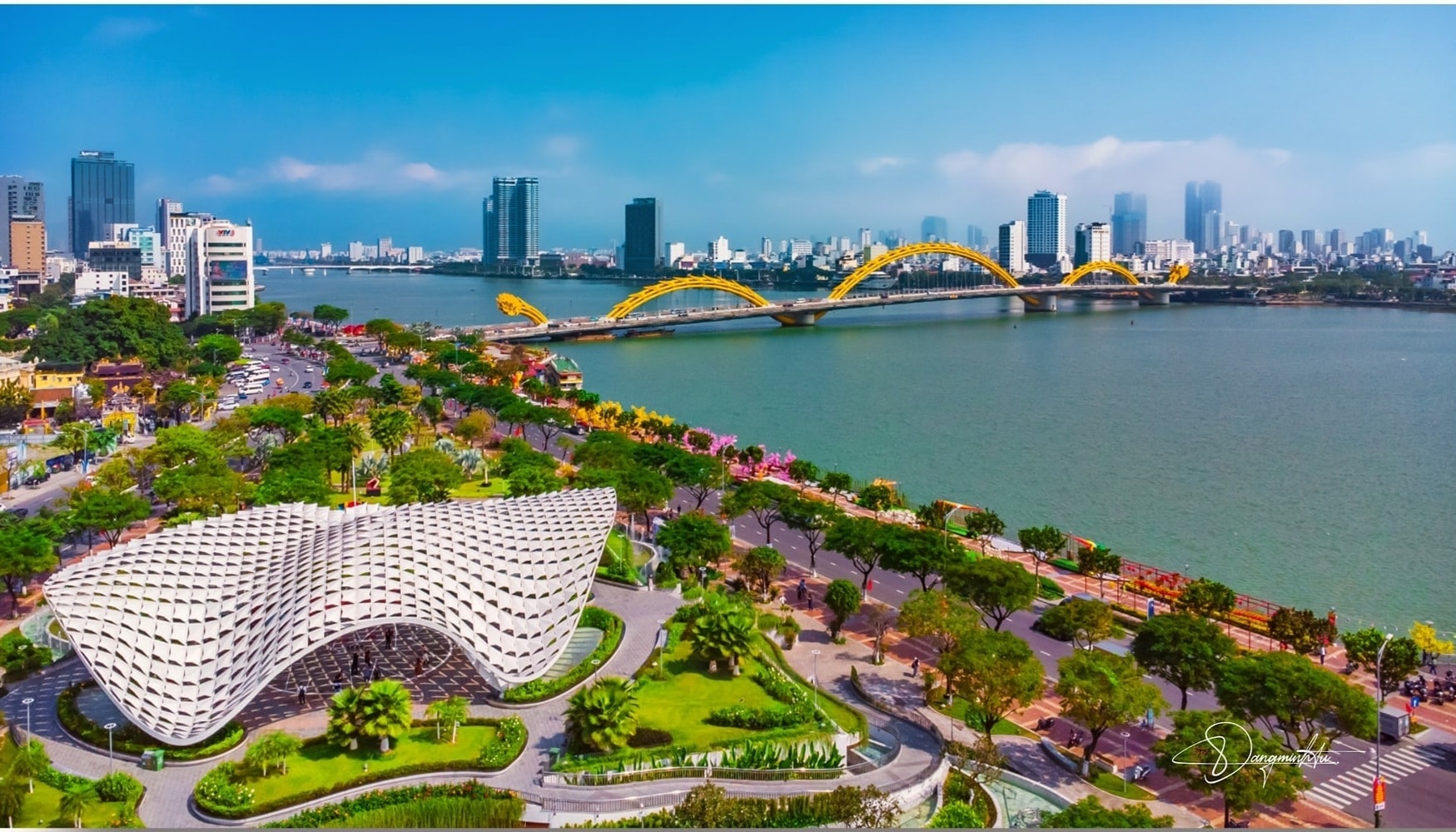DNO - Dubbed “livable city”, Da Nang has made its mark with outstanding achievements in urban planning, infrastructure and quality of life. One of the major factors contributing to shaping the urban identity is public spaces.

Da Nang has made great efforts in investing and forming public spaces, typically APEC Sculpture Park, East Sea Park, March 29 Square, Bach Dang Walking Street or coastal sidewalks along Truong Sa and Vo Nguyen Giap streets.
These venues are not only tourist destinations or sites for cultural and artistic events, but also communal spaces where people can relax, meet and connect in daily life.
In particular, the APEC Sculpture Park has gone far beyond being just a “check-in” spot. It has become a multifunctional public space which hosts many activities such as exhibitions, seminars and community exchanges.
The Han riverside space, the "backbone" of the city, has also been developed in a systematic way with a system of walking paths, pedestrian streets and riverside parks. The investment contributes to improving the quality of life and expanding outdoor living space for urban residents.
In 2025, the city continues to affirm its determination to public space development with large-scale projects. Notably, the project on renovating March 29 Park has an investment of nearly VND 673 billion towards building a model ecological, cultural and community space.
At the same time, two other key projects: the over 16ha Central Square and the nearly VND 1.4 trillion Han Riverside Park have also been approved. Both are expected to add more green highlights and open spaces that connect Da Nang’s key urban areas.
Although the development of public spaces in Da Nang has achieved many successes, challenges remain, especially in the context of rapid urbanization.
Experts stressed the need for the city to implement a public space development strategy centered on people, guided by principles of “connection and co-management”.
Accordingly, some key solutions include planning public spaces according to reasonable access radius; prioritizing the reuse of unexploited public land funds for public spaces; and integrating cultural, educational, and tourism elements through activities and events in public spaces.